Have you ever watched a cat basking in a sunbeam, eyes half-closed, and wondered what’s really going on inside that mysterious little head? There’s something enchanting about a cat that feels safe and secure in its world. When a cat feels truly at home, it reveals a side most people never see—a tapestry of subtle, heartwarming behaviors that speak volumes about its comfort and trust. Cat lovers know: there’s nothing quite like the gentle purr or quirky stretch of a happy feline. But did you know there are even more secret signs your kitty is living its best, most contented life? Let’s dive into the surprising and sometimes hilarious world of feline security, and discover the hidden behaviors that let you know your cat feels safe, loved, and completely at ease.
Purring in Unusual Places

Purring is a classic sign of feline happiness, but not all purrs are created equal. If your cat starts purring in unexpected spots—like on top of your laundry pile or in the middle of a noisy kitchen—it’s a strong sign of emotional security. Secure cats aren’t bothered by odd or chaotic environments; they’ll make themselves comfortable anywhere because they trust their surroundings. Instead of hiding, they embrace the world around them. This kind of relaxed purring is different from the anxious kind you might hear at the vet. It’s a low, steady hum that’s almost contagious, making you feel at ease, too. So next time your cat purrs somewhere surprising, smile—it means they feel safe.
Exposing Their Belly

When a cat flops over and exposes its belly, it’s not just asking for a belly rub (although some brave souls might try). This vulnerable position is a huge gesture of trust. In the wild, a cat’s belly is its weakest point, so showing it off means your feline feels completely secure in its environment. It’s like leaving your phone unlocked around a friend—you only do it if you trust them. Some cats will stretch out and even fall asleep belly-up, which is the ultimate vote of confidence in your home. Watch for this adorable behavior and know your bond is strong.
Kneading With Their Paws
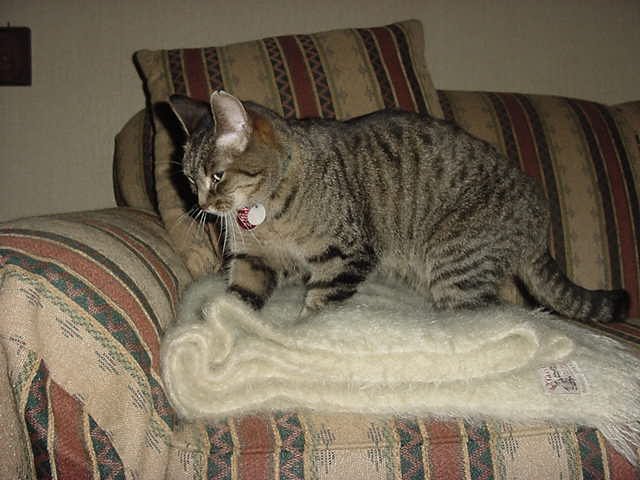
If your cat rhythmically presses their paws into your lap, a blanket, or even your stomach, you’re witnessing a behavior rooted in kittenhood. This “kneading” is a comforting action that kittens use when nursing from their mother. For adult cats, it’s a sure sign they feel safe and content, just like they did as tiny kittens. The fact that your cat chooses you or your favorite sweater for this ritual means you’re part of their inner circle. It’s an unspoken, gentle “thank you” for making them feel at home.
Slow Blinking at You
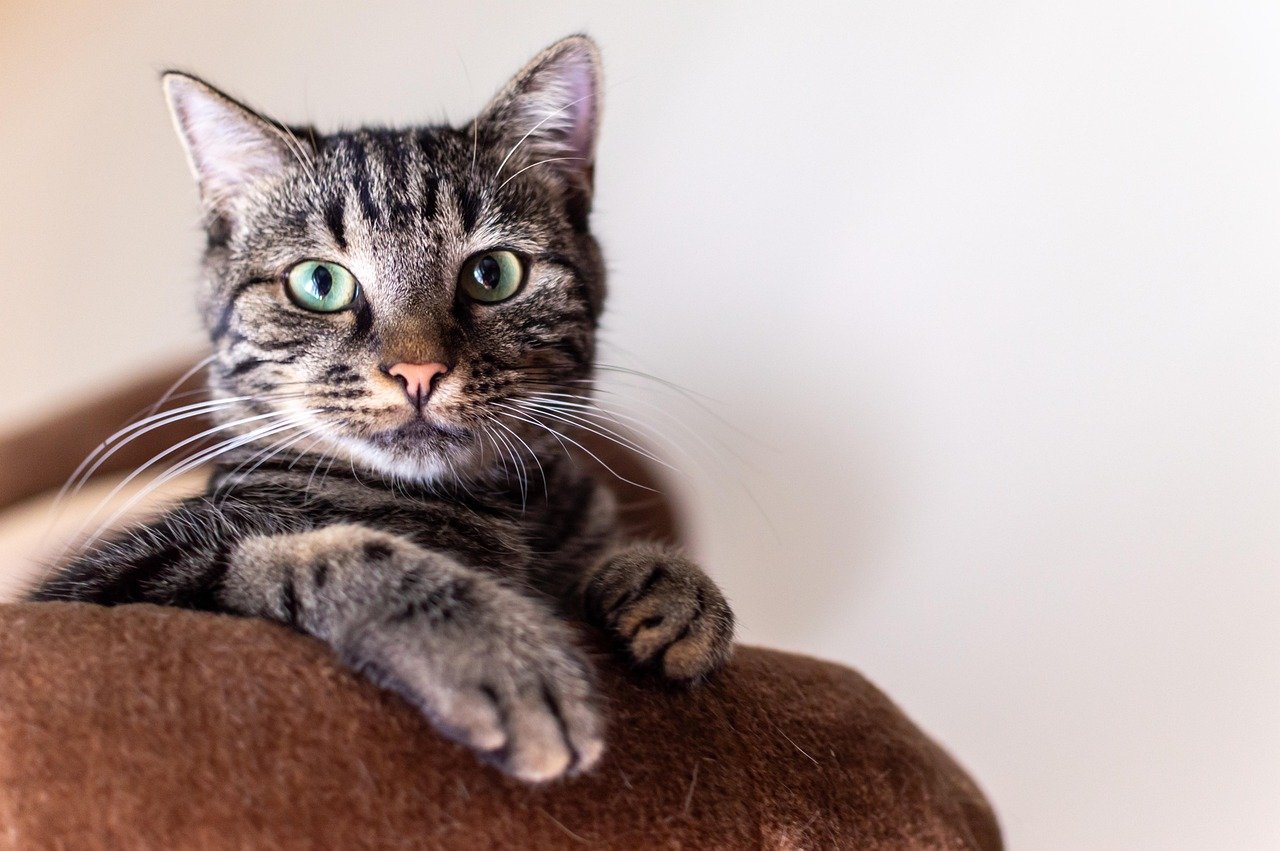
Ever noticed your cat looking at you with heavy-lidded eyes, then slowly blinking? This is often called a “cat kiss.” When a cat slow-blinks, it’s a sign they feel relaxed and trust you deeply. In cat language, slow blinking shuts out the world and says, “I’m safe with you.” If you return the gesture with your own slow blink, don’t be surprised if your cat blinks back. It’s a mutual exchange of trust that feels like a secret handshake between you and your feline friend.
Sleeping in Strange, Open Spaces
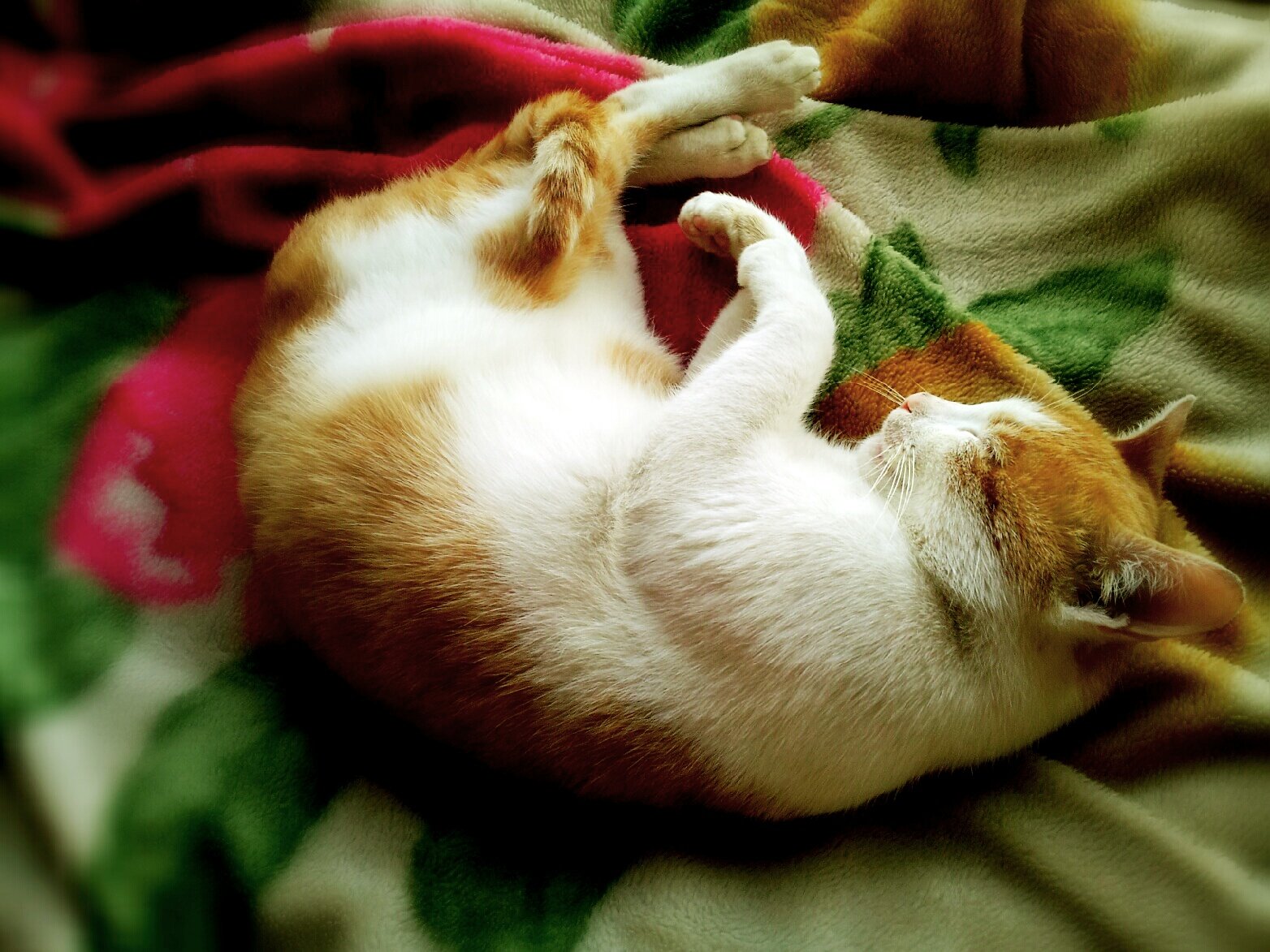
Cats are notorious for curling up in hidden corners or under beds, especially when they’re feeling anxious. But a confident, secure cat will sleep right out in the open—on the middle of the couch, the kitchen table, or even the floor in a high-traffic area. They’re not worried about being startled or interrupted because they trust that their home is safe. This willingness to let their guard down is a beautiful sign that your cat feels truly at ease with you and the environment you’ve created.
Chirping and Chattering

If you’ve ever heard your cat make a staccato “chirp” or “chatter,” especially when watching birds out the window, you might have wondered what’s going on. These sounds are a form of excited communication, and a cat that feels emotionally secure will often vocalize in this playful, uninhibited way. It means they feel comfortable enough to express their curiosity and excitement without fear. Some cats will even “talk back” to you when you chat with them, showing they’re confident and engaged in their home life.
Following You Around the House
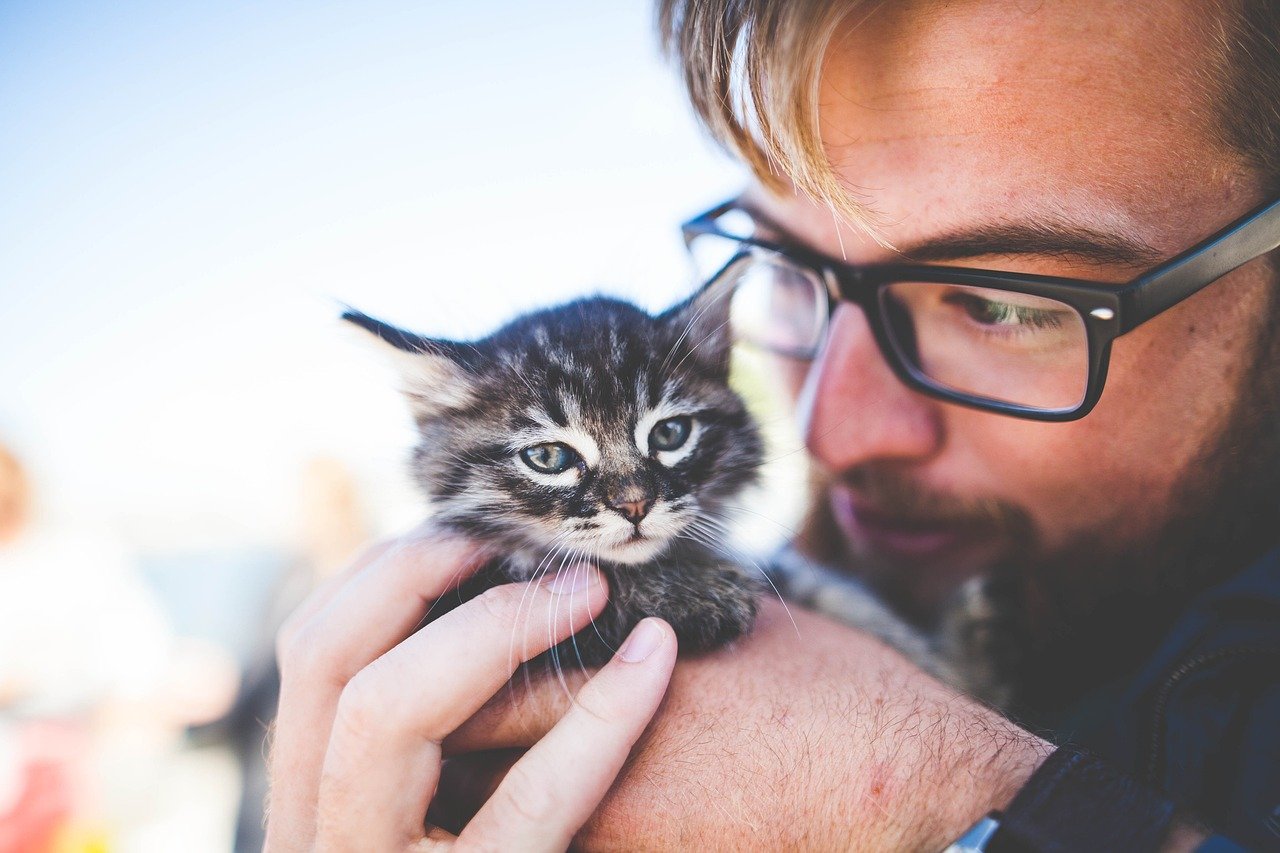
It’s easy to think that cats are independent, but a secure cat often wants to be where you are. If your feline shadows you from room to room, flops down nearby, or sits outside the bathroom door while you shower, it’s not just for food or attention. Your presence is comforting, and your cat’s willingness to follow you around is a sign they see you as a source of safety and reassurance. It’s their way of saying, “I’m happy when I’m near you.”
Grooming in Your Presence

Cats are meticulous groomers, but they’re picky about when and where they clean themselves. If your cat starts grooming while you’re in the room, it’s a sign they feel safe enough to let their guard down. Grooming requires a relaxed state, so your cat’s willingness to tidy up in your presence is a big compliment. It signals that they’re at ease and comfortable sharing their vulnerable moments with you. Sometimes, you might even catch them pausing to glance at you mid-lick, as if to say, “I trust you.”
Bringing You “Gifts”

While not everyone enjoys finding a toy mouse—or worse, a real one—on their pillow, this is actually a sign your cat feels secure and bonded to you. Cats that bring gifts are showing trust and affection, treating you as part of their family. In the wild, cats share food with those they care about. So when your cat proudly drops a prize at your feet, know that it’s their way of saying, “I feel safe enough to share with you.” It might not be your favorite present, but it’s given with love.
Rolling and Stretching

If your cat greets you by flopping to the ground and rolling around, you’re witnessing a clear sign of happiness and trust. This behavior exposes their belly and shows off their most vulnerable side, but it also serves as a playful invitation. Secure cats love to stretch out and get comfortable, especially when their favorite humans are nearby. It’s the feline version of kicking back on the couch after a long day—total relaxation. Watch for these stretches and rolls as a silent thank-you for making your cat feel at home.
Playfully Ambushing You
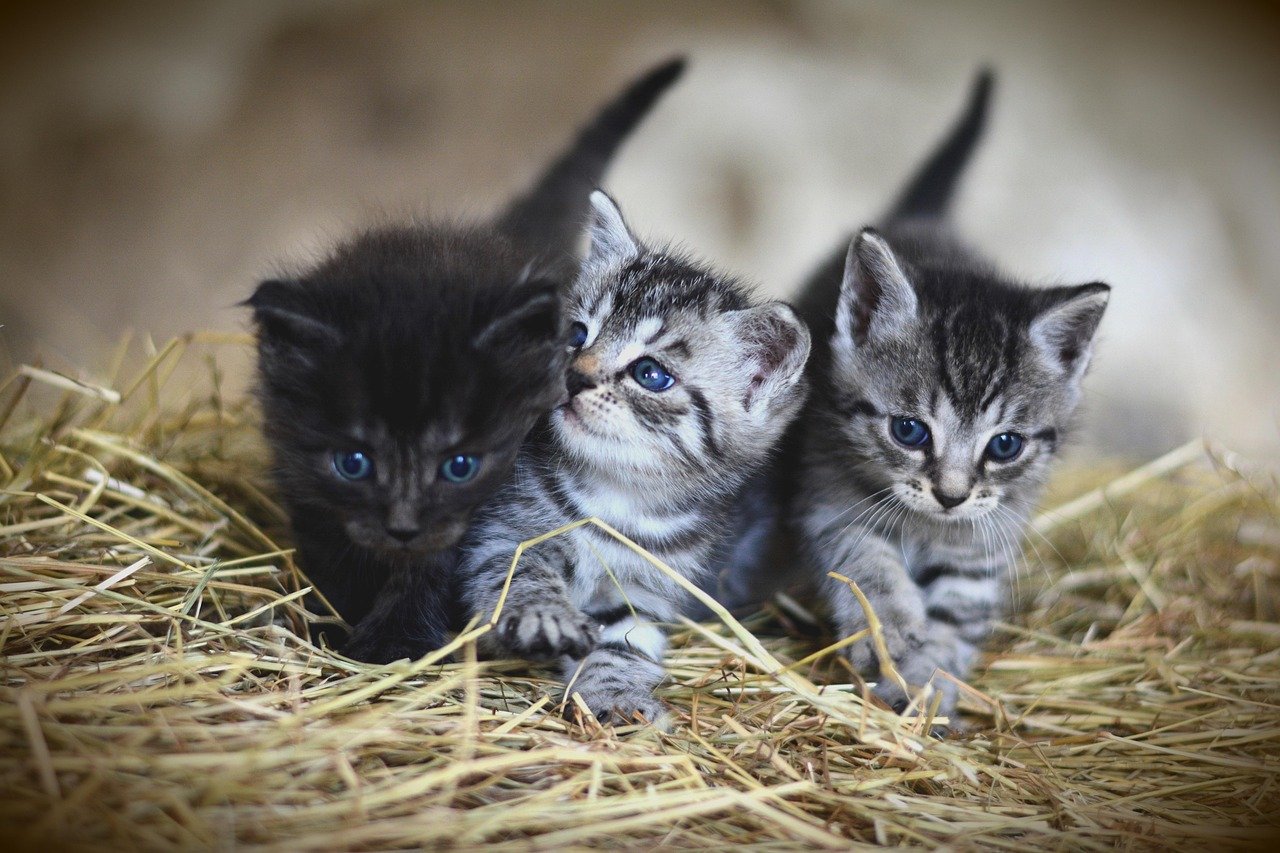
Sometimes, a secure cat can’t resist a little mischief. If your cat hides behind a corner and jumps out at your feet, or pounces on your moving hands under a blanket, it’s actually a sign they feel safe and playful. This kind of ambush play is rooted in trust; your cat knows the boundaries and feels comfortable enough to let loose. It’s all in good fun, and a healthy sign that your cat feels confident and emotionally secure in your relationship.
Head Butting or “Bunting”

Few things feel as special as when a cat gently bumps their head against you. This affectionate gesture, called “bunting,” is a way cats mark you with their scent, claiming you as part of their territory. It’s a gesture reserved for those they trust completely. When your cat bunts you, it’s their way of saying, “You’re mine, and I feel safe with you.” It’s a low-key but powerful sign of emotional security, and one of the sweetest moments for any cat owner.
Sitting With Their Back to You

This might seem counterintuitive, but when a cat turns its back on you and settles down, it’s actually a huge compliment. In the animal world, showing your back is an act of trust—it means you don’t expect any danger from the person behind you. If your cat sits with their back facing you or even snoozes in this position, it’s a silent vote of confidence. They feel so secure that they don’t need to keep a watchful eye on you.
Making Biscuits on Soft Surfaces
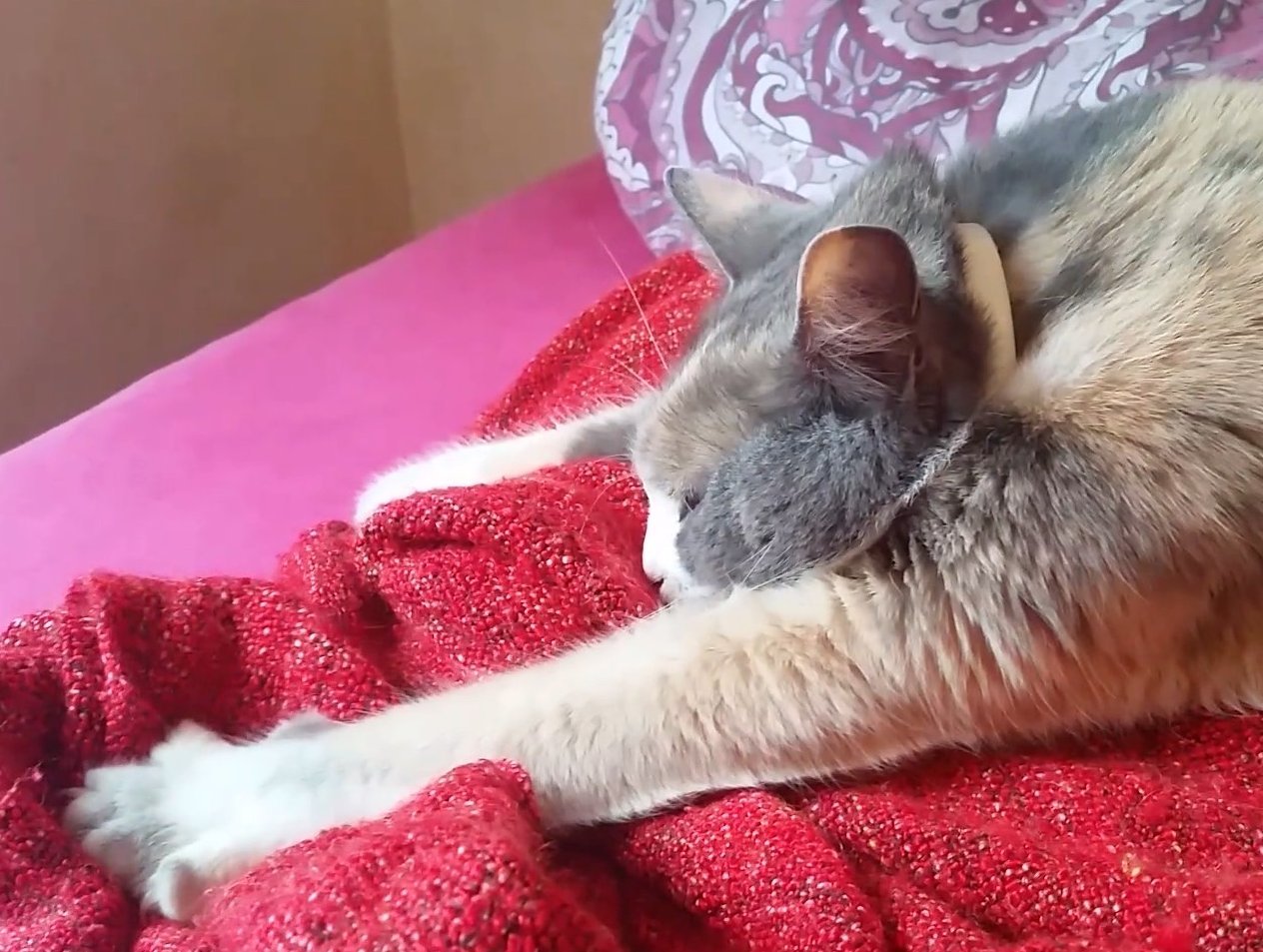
“Making biscuits” is a charming term for when cats push their paws in and out on soft things, like pillows or blankets. This is another behavior left over from kittenhood, when nursing kittens would knead their mother’s belly to stimulate milk flow. For adult cats, making biscuits means they feel content and safe, just like they did as babies. If your cat chooses your lap or your favorite sweater, take it as a sign of affection and trust—your cat feels secure enough to be vulnerable.
Chin and Cheek Rubbing
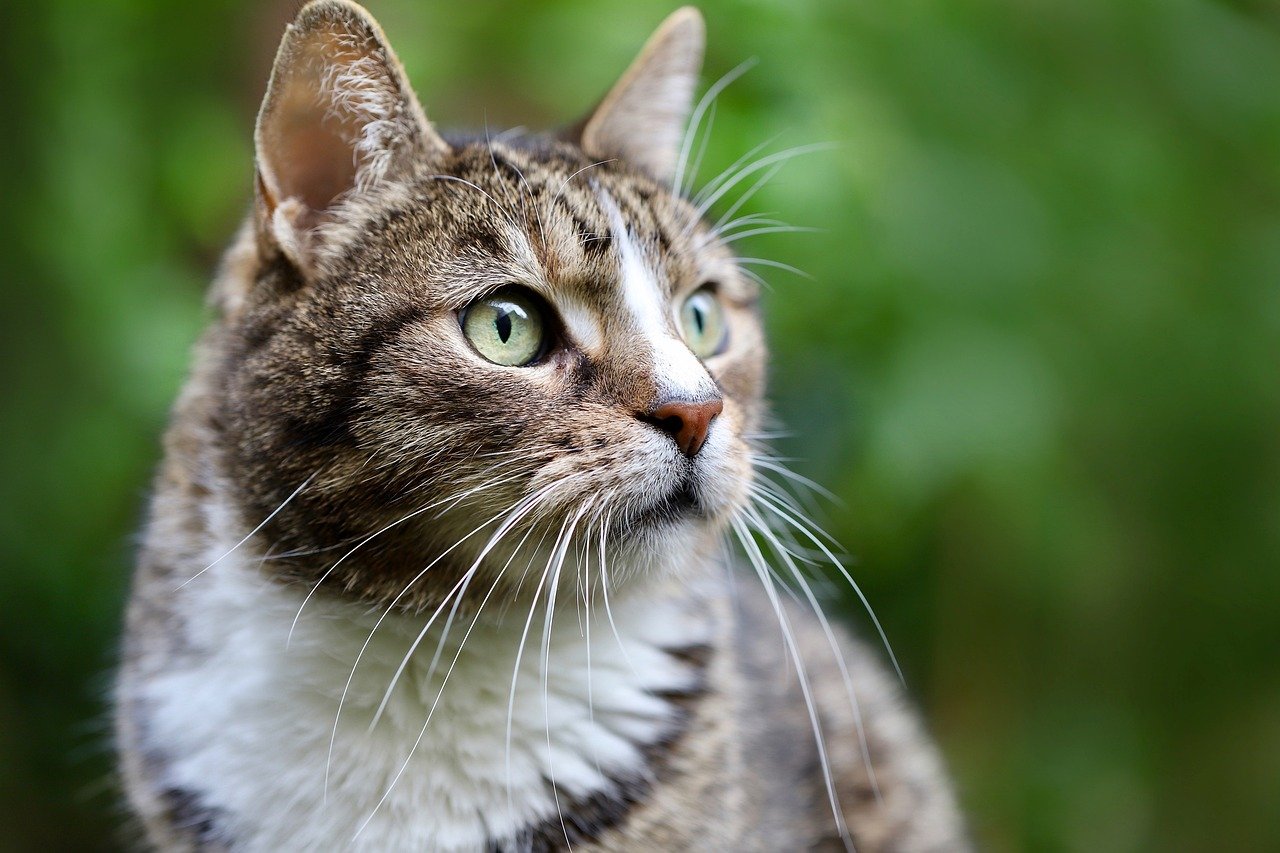
When your cat rubs their chin or cheeks against your hand, furniture, or even your face, they’re not just marking territory—they’re showing comfort and trust. Cats have scent glands in these areas, and rubbing releases their unique scent, mixing it with yours. This act is both a way to claim their space and to connect with you. A cat that rubs its face on you is saying, “This is my safe place, and you’re a part of it.” It’s subtle, but deeply meaningful.
Tail Held High and Relaxed
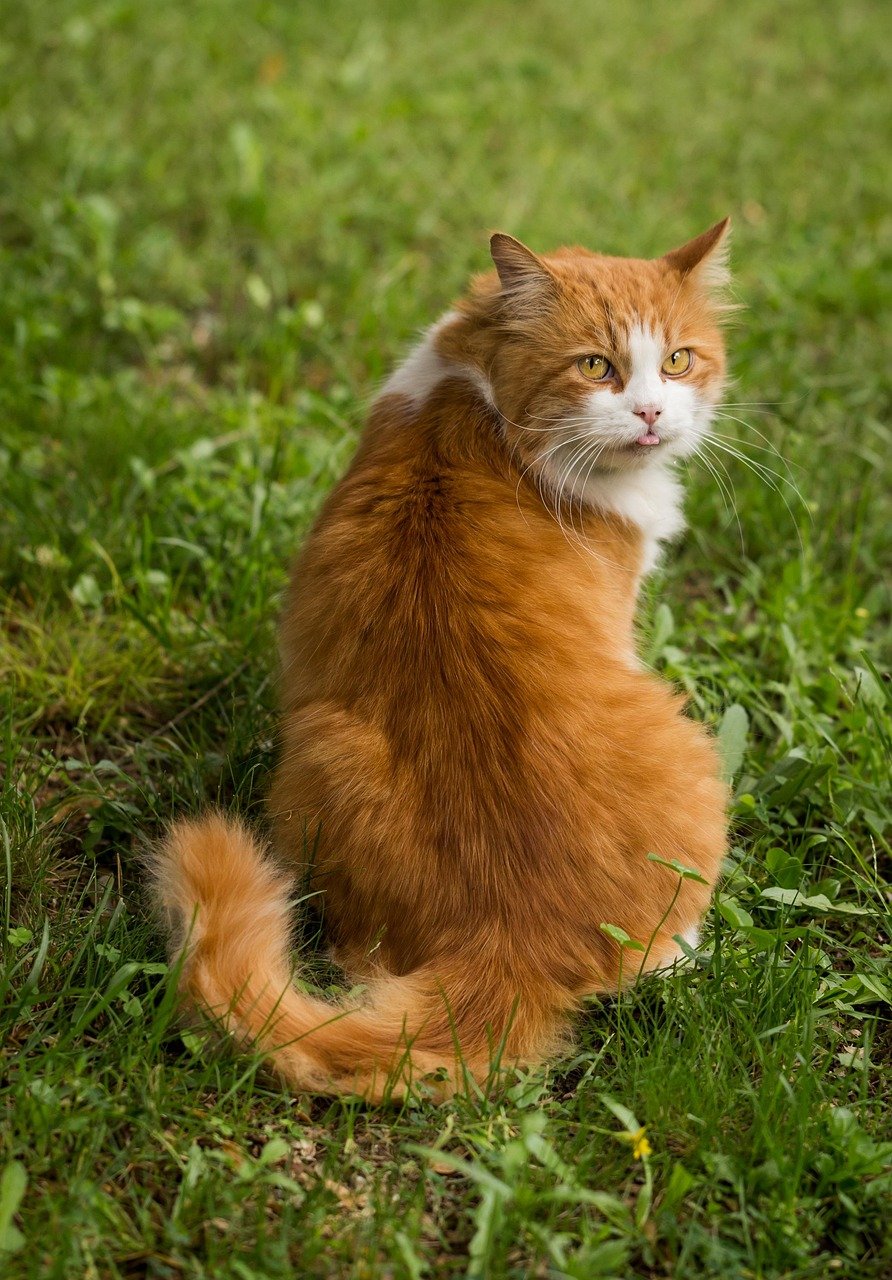
A cat’s tail is like a mood ring for their emotional state. When your cat walks around with its tail held high, sometimes with a gentle curve at the tip, it’s a sign of confidence and contentment. A secure cat struts with pride, tail upright like a little flag. This posture announces to the world, “I’m happy and unafraid.” If your cat greets you with a high tail, know that they feel safe and secure by your side.
Sleeping Near You (But Not on You)
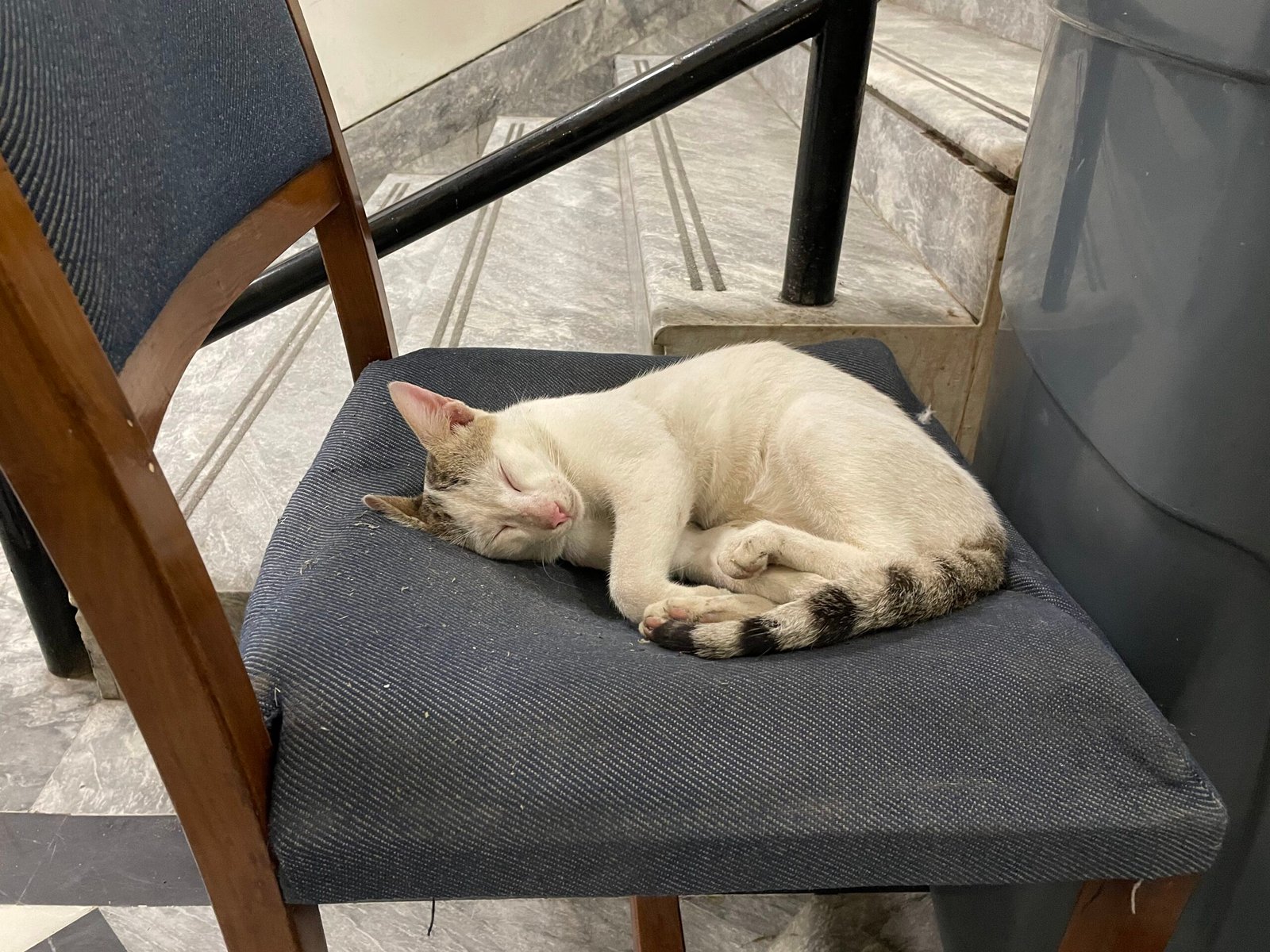
It’s a special feeling when your cat curls up right next to you, even if not directly in your lap. Sleeping nearby, rather than on your feet or away in another room, signals that your cat feels safe in your presence but also trusts you enough to respect their space. This balance is important to cats—they want closeness without feeling crowded. So when your cat chooses to snooze near you, it’s a sign of both comfort and confidence.
Showing Their “Hunting” Skills

Sometimes, a secure and happy cat will “hunt” their toys with gusto, stalking, pouncing, and carrying their plush prey around the house. This playful hunting is a sign that your cat feels comfortable enough to express their natural instincts. They’re not worried about threats or stress, so they can focus on play and exploration. Engaging in these little hunting rituals is a cat’s way of showing that your home feels like a safe territory.
Vocalizing in a Soft, Relaxed Tone

Not all meows are cries for attention or food. When a cat feels secure, their vocalizations become softer and more varied—chirps, trills, and gentle meows. These sounds are a way of communicating with those they trust. If your cat greets you with a soft meow or starts a “conversation,” it means they’re comfortable enough to share their thoughts with you. It’s a gentle, reassuring sign that your feline is emotionally at peace.
Using the Litter Box Consistently

It might not sound glamorous, but a cat that uses their litter box reliably is showing trust in their environment. Anxiety and insecurity can cause cats to avoid their box or have accidents elsewhere. When your cat feels secure, they’ll stick to their routine, confident that their space is safe and predictable. It’s a subtle but important sign that your cat feels completely at home.
Greeting You at the Door

There’s nothing quite like coming home to find your cat waiting by the door. This enthusiastic greeting is a sure sign of attachment and security. A cat that feels emotionally safe will look forward to your return and make it known with a head bump, a meow, or even a quick dash around your feet. It’s their way of saying, “You’re my person, and I feel happiest when you’re here.” This simple act can make you feel like the most important person in the world—because, to your cat, you are.
Hi, I’m Bola, a passionate writer and creative strategist with a knack for crafting compelling content that educates, inspires, and connects. Over the years, I’ve honed my skills across various writing fields, including content creation, copywriting, online course development, and video scriptwriting.
When I’m not at my desk, you’ll find me exploring new ideas, reading books, or brainstorming creative ways to solve challenges. I believe that words have the power to transform, and I’m here to help you leverage that power for success.
Thanks for stopping by, Keep coming to this website to checkout new articles form me. You’d always love it!






